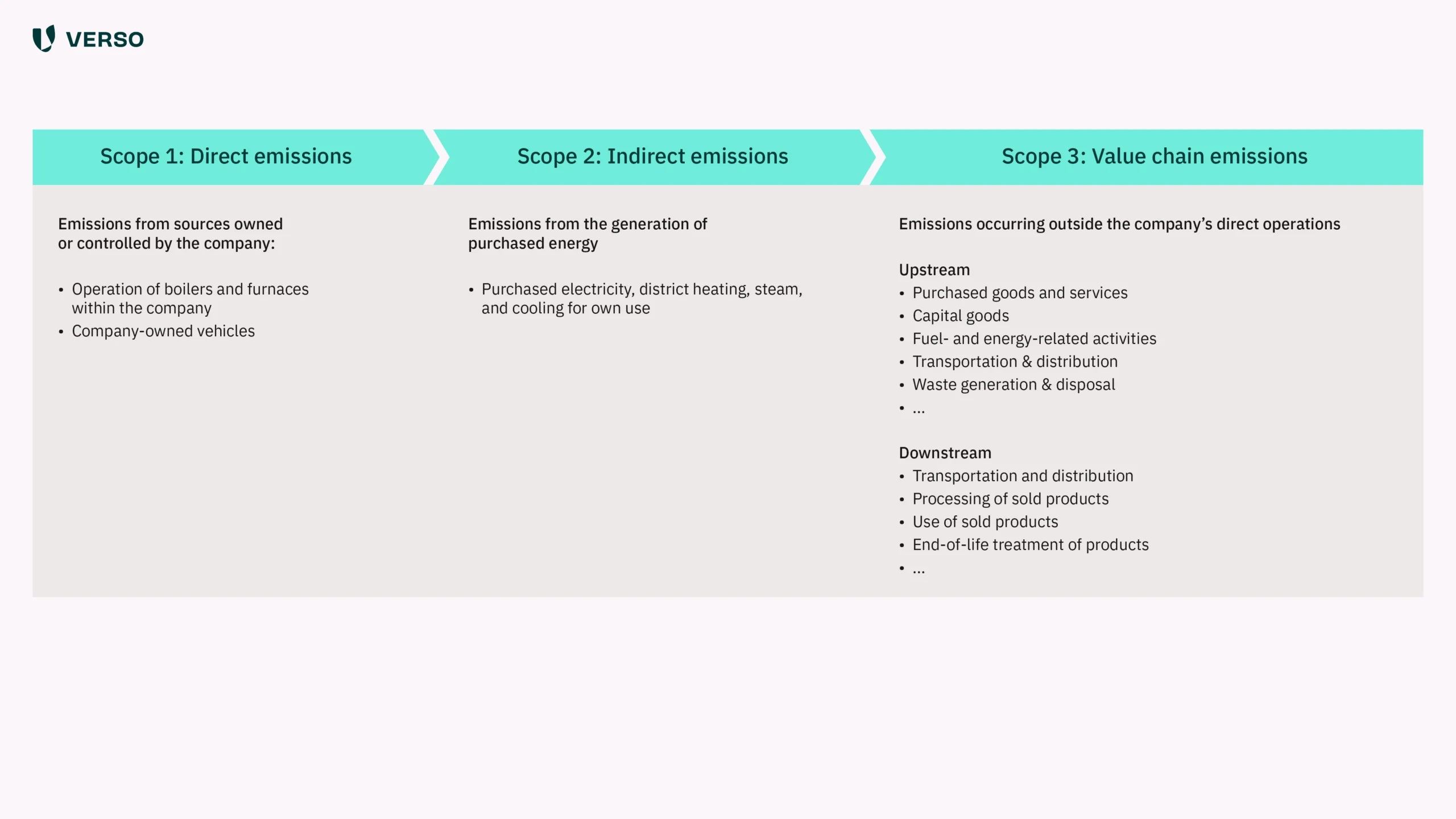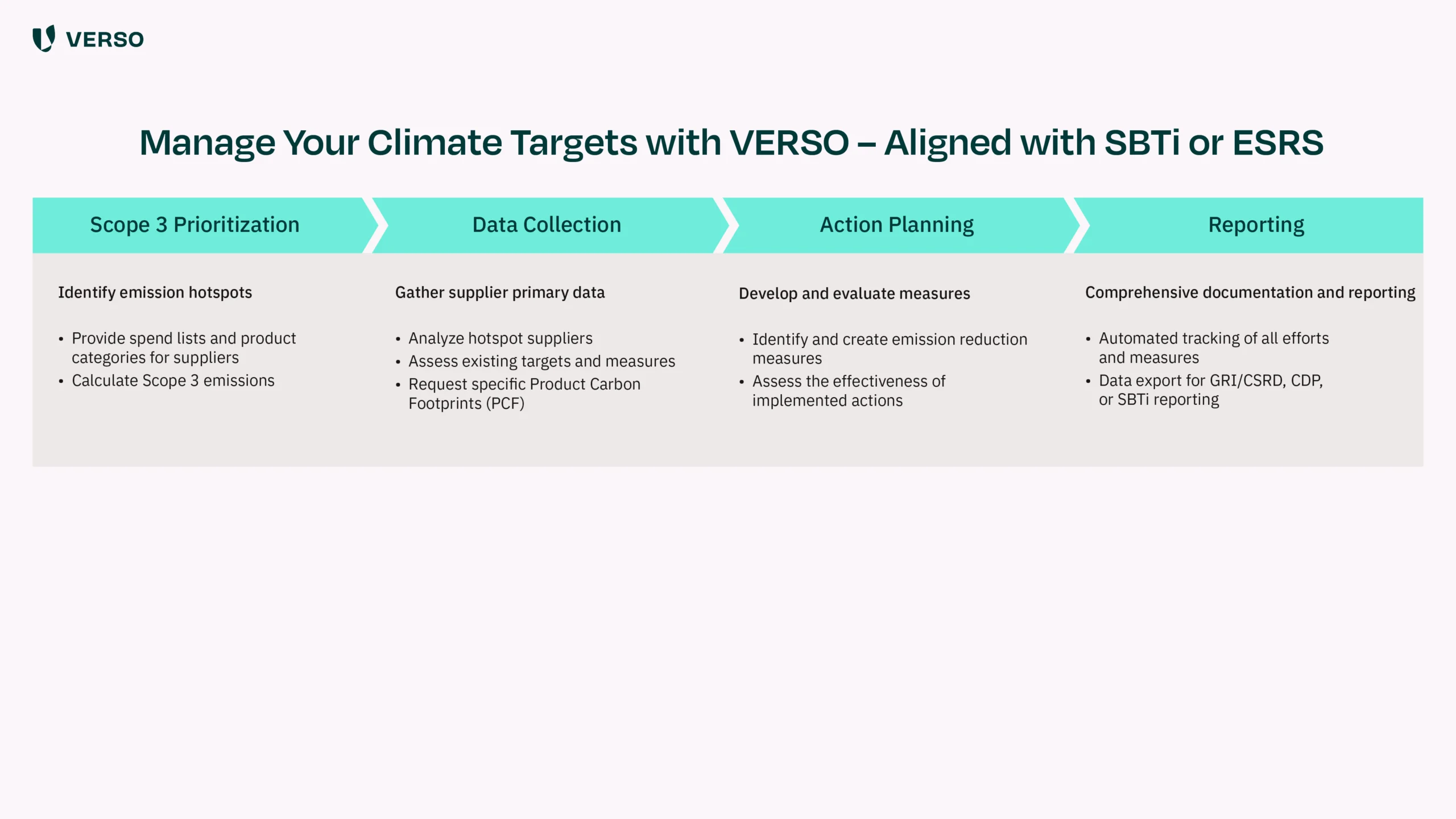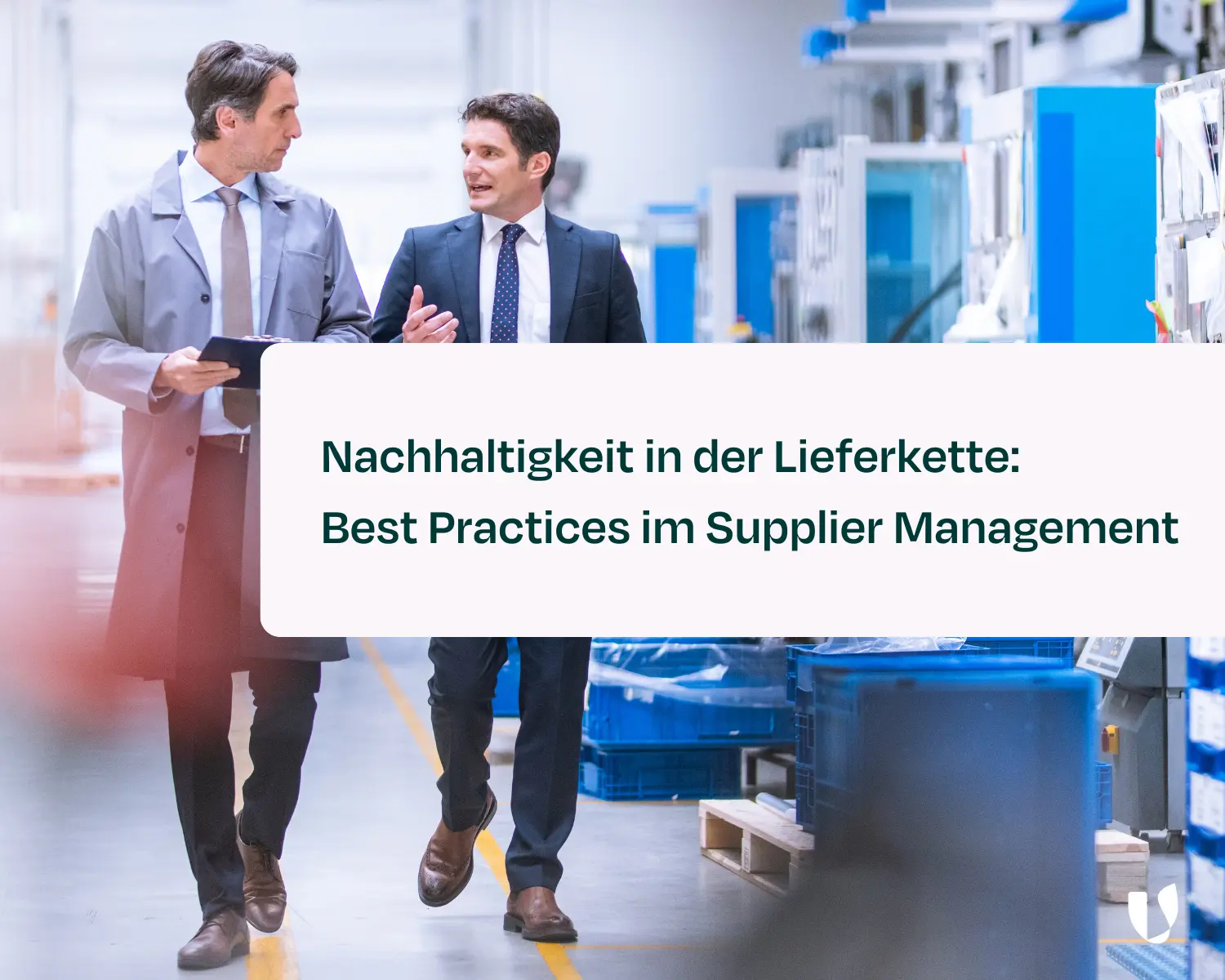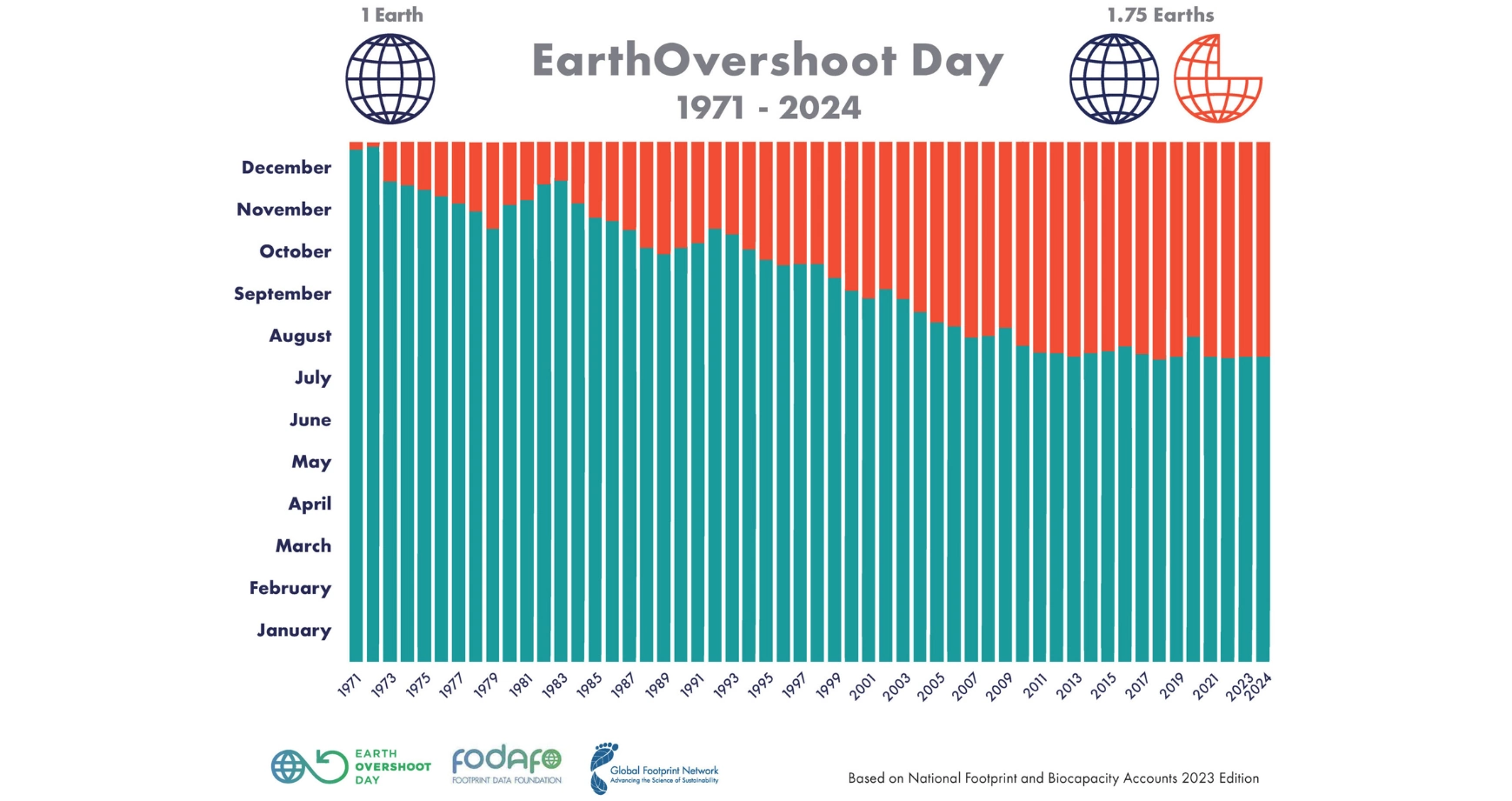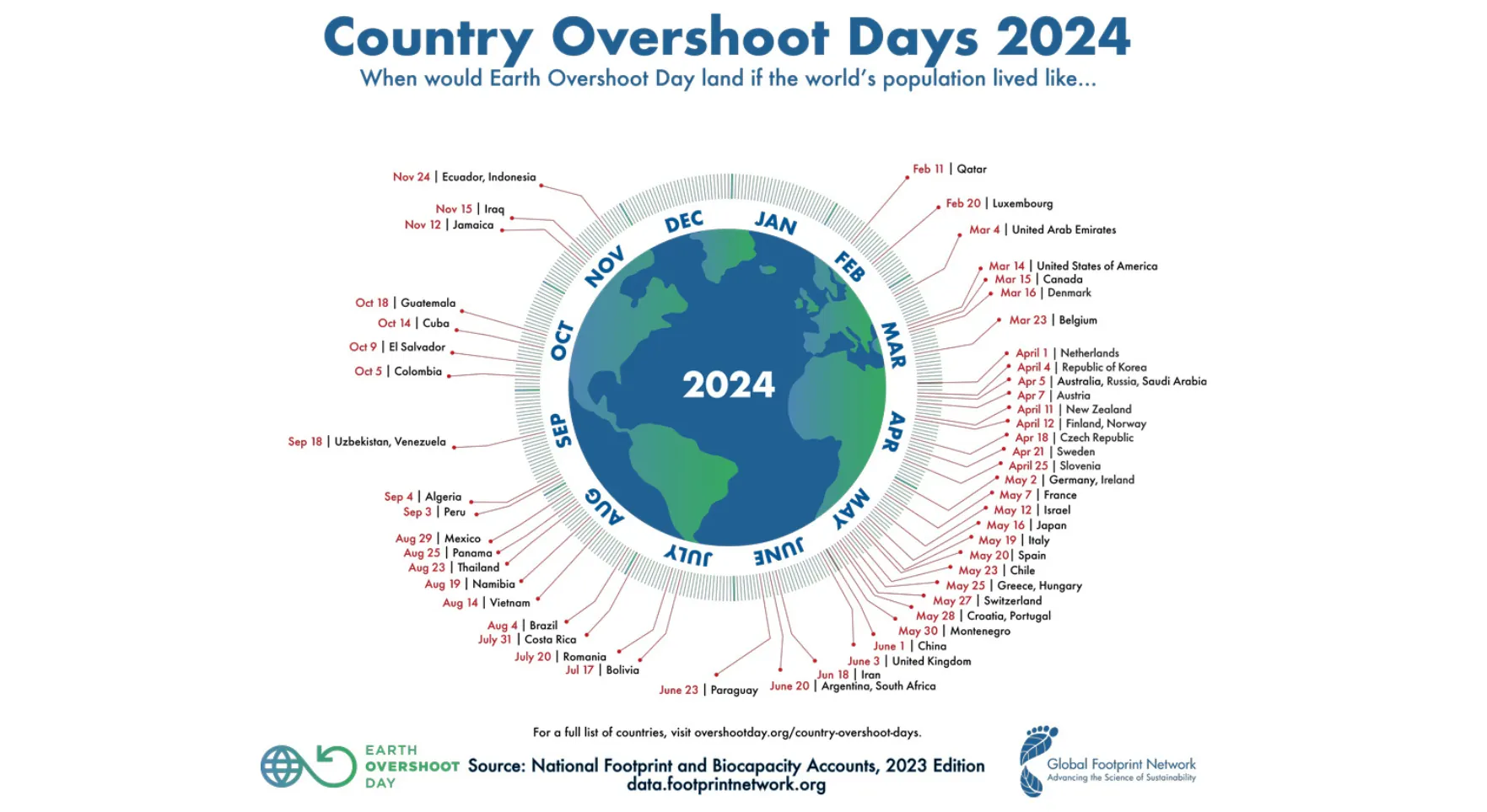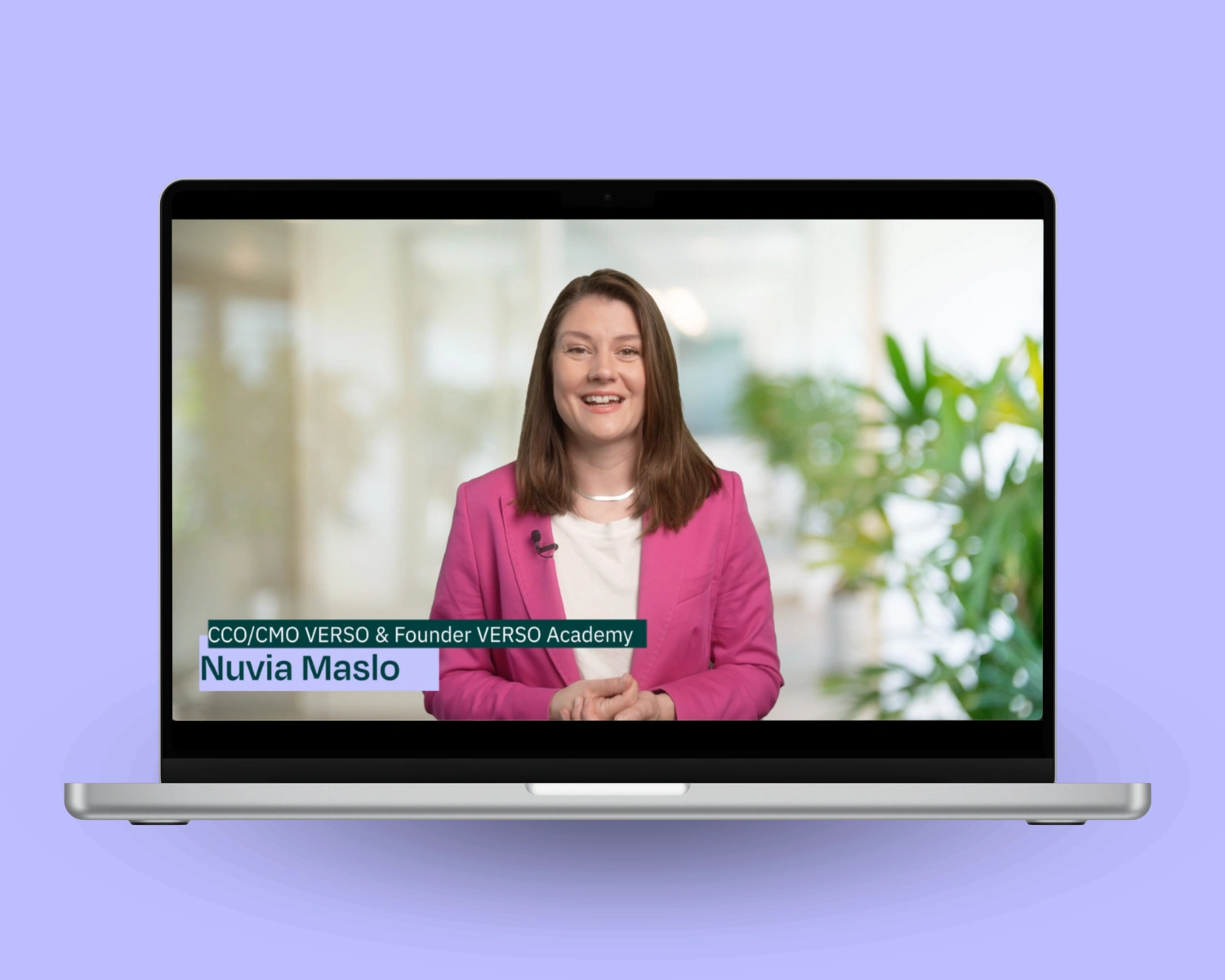
Supply Chain Decarbonization: How To Achieve Your Climate Goals
Engage suppliers and strategically reduce supply chain emissions – your step-by-step guide to supply chain decarbonization.
Around 80% of a company’s emissions originate in the supply chain, making it a key focus on the path to net zero. But setting climate targets alone isn’t enough. The real challenge is achieving them. This article explores how to make supply chain decarbonization a reality – by turning targets into actions.
Why Is It So Important To Decarbonize Your Supply Chain?
Let’s look at two key reasons why decarbonizing the supply chain should be a top priority for businesses.
Climate Action Is No Longer Optional
Regulations such as CSDDD, EUDR, and CBAM demand greater supply chain transparency, while CSRD’s ESRS E1 standard (Climate Change and Climate Protection) requires companies to set and track emission reduction targets – including Scope 3.
That’s the compliance side. But focusing only on regulations means dealing with bureaucracy without unlocking real business value.
Supply Chain Decarbonization Future-proofs Your Business
Even if your company isn’t legally required to take climate action, proactively reducing emissions pays off.
Three Reasons to act now:
- Climate risks disrupt supply chains. Extreme weather events are becoming more frequent, damaging factories, transport routes, and infrastructure. The result? Delays, shortages, and financial losses.
- Sustainable products drive competitive advantage. A Capgemini study found that 79% of consumers want to make more sustainable purchasing choices, and 66% actively look for eco-friendly products and services.
- ESG commitments are now a key factor in procurement. Large corporations subject to CSRD or CSDDD will require clear ESG data from suppliers. According to the Business Development Bank of Canada, 92% of large companies will demand ESG disclosures from their vendors.
How to assess and decarbonize your supply chain
Step 1: Estimate Scope 3 Emissions
Start by mapping out your supplier network and compiling a spend list and product categories. This helps you estimate emissions across your supply chain.
If precise data is unavailable, start with industry benchmarks and refine your estimates as supplier-specific data becomes available.
Step 2: Identify Hotspots & Assess Supplier Climate Maturity
Next, evaluate which suppliers contribute the most emissions and how advanced their climate strategies are. The VERSO Supply Chain Hub automates this assessment.
Supplier Climate Maturity Levels:
- No climate strategy: No decarbonization measures in place.
- Low maturity: Some CO₂ reduction efforts, but no structured plan.
- Intermediate maturity: Concrete reduction measures exist but aren’t fully embedded in business operations.
- High maturity: Decarbonization is systematically integrated into corporate strategy.
- Best practice leader: Sustainability has long been a priority, with innovative approaches and industry-leading standards.
Key Assessment Indicators:
- Raw material sourcing
- Energy & resource efficiency
- Use of renewable energy in production & transport
- Verified CO₂ offset projects
- Voluntary sustainability reporting
By identifying emission hotspots and assessing supplier maturity, you can prioritize action where it’s needed most.
Step 3: Set Climate Targets & Engage Suppliers
Define science-based climate targets aligned with the Paris Agreement and backed by climate research. The Science Based Targets initiative (SBTi) offers industry-specific guidance.
Once goals are set, it’s time to engage your suppliers. The SBTi recommends a five-step approach:
- Communicate climate expectations to suppliers.
- Collaborate to align on shared goals.
- Support suppliers with knowledge and resources.
- Monitor progress through transparent data tracking.
- Scale and refine strategies over time.
Pro tip: Involve suppliers from the start to foster collaboration. Decarbonization is a team effort!
Step 4: Implement & Scale Your Climate Strategy
To reach long-term supply chain climate goals, companies must actively support their suppliers in implementing sustainable practices.
Ways to Drive Climate Progress in Your Supply Chain:
- Implement targeted measures: Walmart supported suppliers in switching to renewable energy, achieving its supply chain emissions targets six years early.
- Provide knowledge & resources: Trainings and tools can improve supplier climate maturity.
- Create competitive pressure: Large corporations increasingly demand ESG data, and reporting requirements will expand significantly in the coming years.
Regularly review progress, optimize processes, and keep climate action on the agenda in supplier meetings.
Transparency and accountability are key. Make it clear to your suppliers: Those who don’t commit to sustainability may risk losing business.
That said, low-maturity suppliers won’t transform overnight. But they should demonstrate intent to shift toward sustainable production and logistics. In the long run, climate action strengthens not only the environment but also supply chain resilience.
How to Make Supply Chain Decarbonization Easier
The larger and more complex your supply chain, the harder it is to track emissions and manage climate action. Fragmented data and limited resources create major challenges for procurement teams.
So, how can you achieve your supply chain climate goals efficiently?
With the right tools! The VERSO Climate Hub and VERSO Supply Chain Hub simplify supply chain decarbonization:
- VERSO Climate Hub calculates your CO2 footprint across Scope 1, 2, and 3.
- VERSO Supply Chain Hub automates supplier climate maturity assessments and collects supplier-specific CO₂ footprints. These insights feed into the Climate Hub, refining your strategy and tracking reductions.
- Built-in reporting tools generate compliant reports for GRI/CSRD, CDP, and SBTi.
